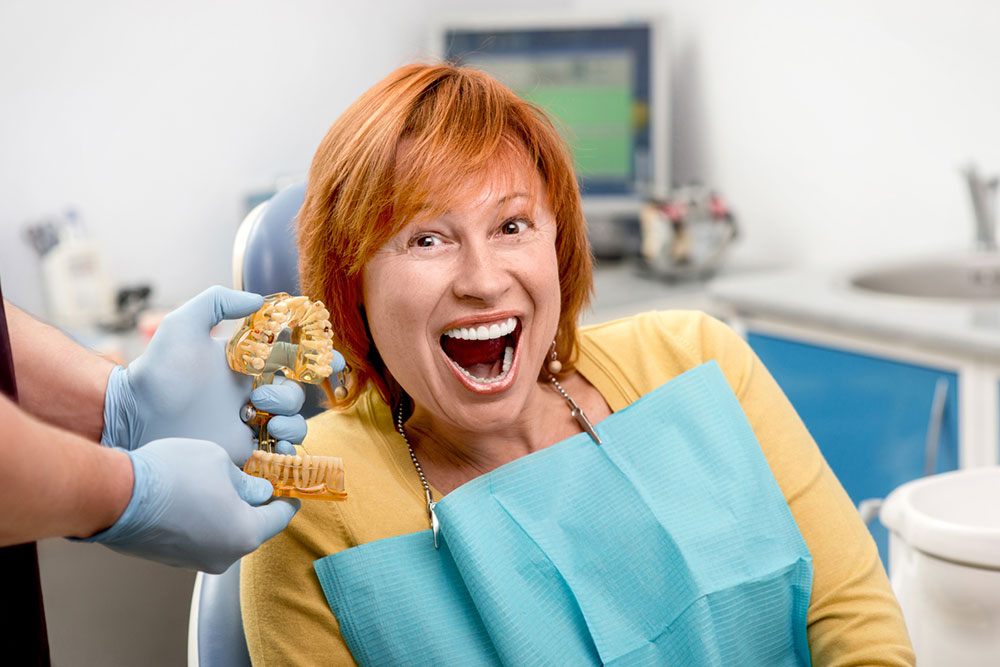
9 common foods that are detrimental for teeth health
Our teeth help us chew and digest foods, speak clearly, and give the face its shape. So, it is crucial to make food and lifestyle choices that keep the ectodermal organs safe and robust. One way to manage teeth health is by eating foods that serve as natural mouth cleansers. Conversely, individuals should also avoid some foods that may damage their teeth. Thus, here are nine foods to exclude from one’s meals for dental health. Bread Whether it’s breakfast, lunch, or dinner, bread is usually a staple part of most meals. However, it is also one of the worst foods when it comes to maintaining teeth health. When one chews on bread, the saliva breaks down starches into sugar. Once the bread turns into a gummy paste-like substance in the mouth, it may stick to the crevices between teeth, which could lead to cavities. Therefore, if one wants to eat foods rich in carbs, one should look for less refined options like whole wheat. Whole wheat breads contain lower amounts of added sugars and do not break down quickly. Sour candies Most people enjoy munching on candies following a meal or at other times in the day. But this is one of the worst foods for an individual’s overall health, including teeth quality.
Read More 










